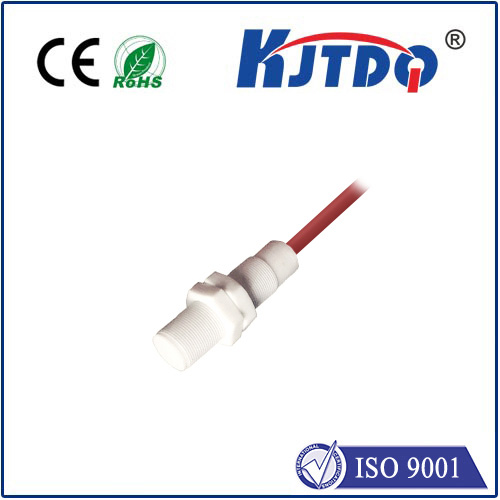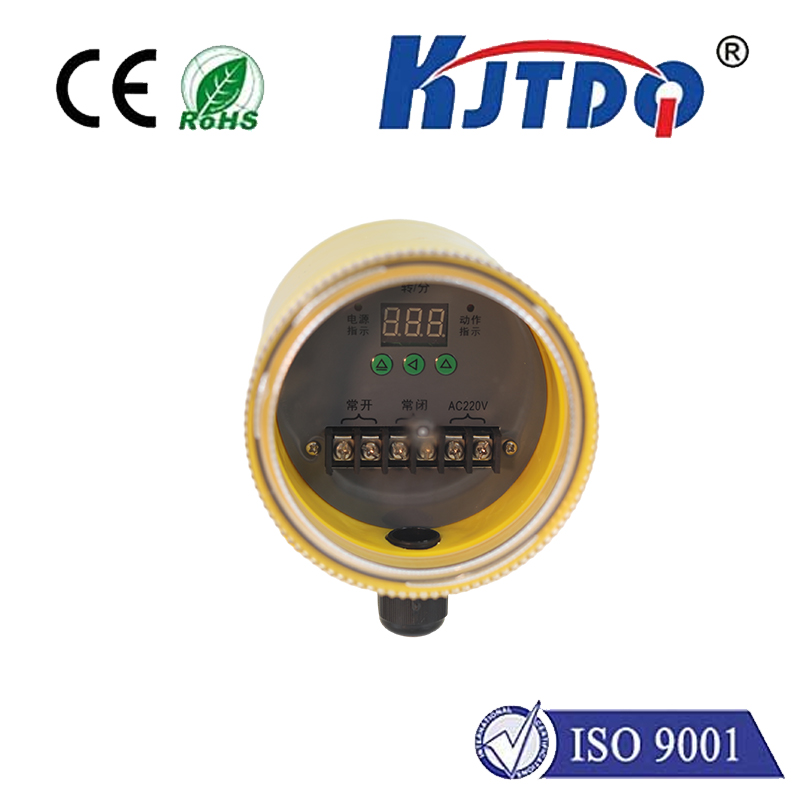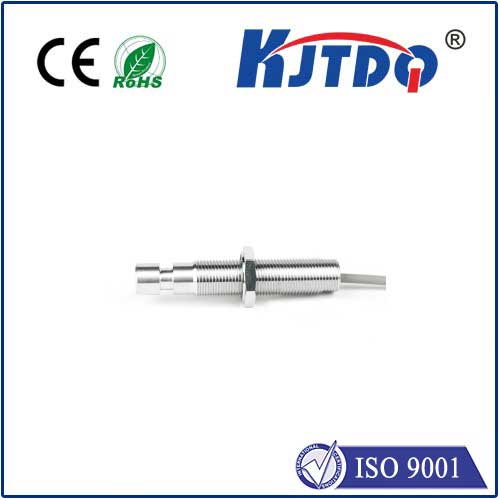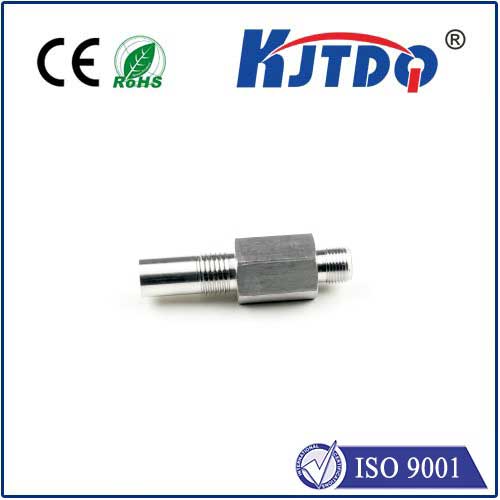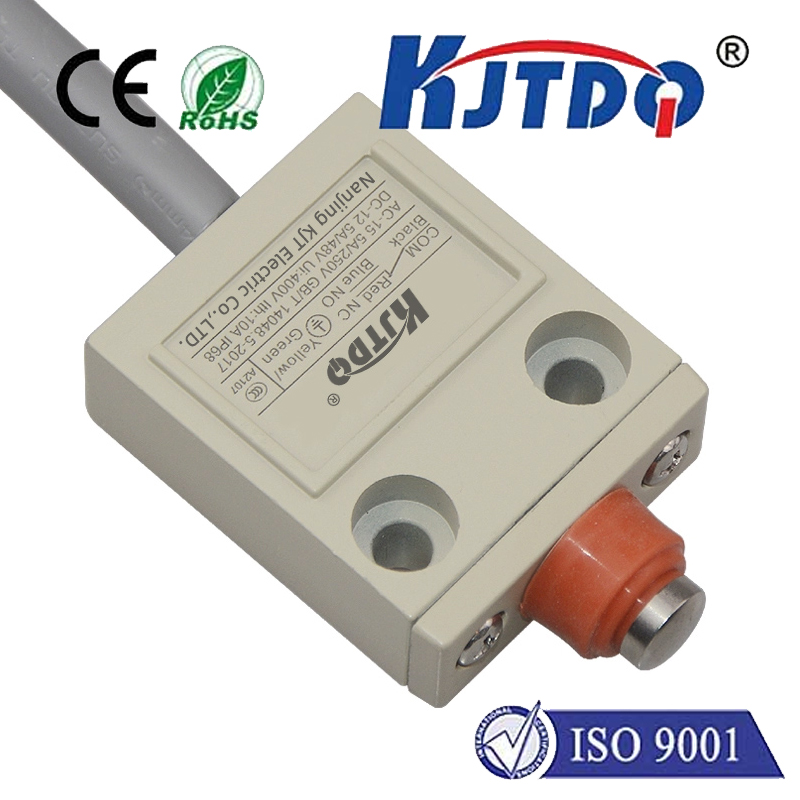PI2797 pressure sensor
- time:2025-09-22 16:16:59
- Click:0
PI2797 Pressure Sensor: Precision Measurement for Demanding Industrial Applications
Pressure – a fundamental physical parameter essential for monitoring, control, and safety across countless industries. From ensuring optimal engine performance to guaranteeing the structural integrity of a pipeline or maintaining precise laboratory conditions, accurate pressure measurement is non-negotiable. In this critical domain, the PI2797 pressure sensor emerges as a reliable and versatile solution, engineered to deliver the performance required in challenging environments. This robust transducer stands as a testament to modern sensor technology, offering the precision and durability needed where failure is not an option.
Understanding the PI2797: More Than Just a Number
At its core, the PI2797 is a sophisticated device designed to translate the physical force of pressure into a precise, measurable electrical signal. Typically, sensors like the PI2797 pressure sensor operate on established principles such as piezoresistive sensing. This involves a sensitive diaphragm that deforms under pressure, causing changes in the electrical resistance of embedded strain gauges. These minute resistance changes are then meticulously conditioned and amplified by integrated electronics within the sensor housing. The result? A consistent and highly readable output signal – commonly a voltage (e.g., 0-5V, 0.10V), current (4-20mA), or increasingly, a digital signal like I2C or SPI – directly proportional to the applied pressure. This seamless conversion from physical force to usable data is the cornerstone of its functionality.

Key Features Empowering Performance
The PI2797 distinguishes itself through a combination of characteristics tailored for industrial resilience and accuracy:
- Robust Construction: Built to thrive outside the lab, the PI2797 often features a stainless steel housing and corrosion-resistant wetted parts. This makes it highly suitable for exposure to harsh chemicals, extreme temperatures, and demanding mechanical conditions encountered in sectors like oil & gas, chemical processing, and heavy machinery. Its design inherently prioritizes long-term reliability and resistance to environmental stressors.
- High Accuracy and Stability: Precision is paramount. The PI2797 is engineered for low measurement uncertainty and excellent long-term stability. This means consistent readings over extended periods and across varied operating conditions, minimizing the need for frequent recalibration and ensuring process control integrity and safety. Confidence in the data it delivers is a critical asset.
- Wide Pressure Range Availability: Flexibility is key. The PI2797 pressure sensor is typically offered in a broad spectrum of pressure ranges. Whether monitoring low vacuum levels in semiconductor manufacturing, hydraulic pressures in industrial machinery, or medium-pressure gases in pneumatic systems, a configuration exists to match the specific application requirement.
- Multiple Output Options: Adaptability is built-in. To interface seamlessly with diverse control systems, data loggers, or PLCs, the PI2797 usually provides various output choices. Common analog outputs like 4-20mA (high noise immunity, long-distance transmission) or ratiometric voltage (e.g., 0.5-4.5V) are staples, with many versions now also incorporating digital outputs (I2C, SPI) for direct microcontroller integration, simplifying modern digital architectures. This versatility ensures easy integration into existing or new systems.
- Environmental Resilience: Beyond pressure, the sensor often boasts strong resistance to factors like vibration, shock, and electromagnetic interference (EMI). Reliable operation amidst the electrical noise and physical disturbances typical in manufacturing plants or on mobile equipment is a significant advantage. Many variants also offer excellent temperature compensation, maintaining accuracy across a specified operating temperature range.
Where the PI2797 Pressure Sensor Proves Its Worth: Diverse Applications
The combination of ruggedness, precision, and flexibility makes the PI2797 a ubiquitous tool across numerous sectors:
- Industrial Automation & Process Control: Monitoring hydraulic and pneumatic pressures in machinery, controlling pump systems, ensuring safe vessel pressurization, leak testing, and managing filtration systems. Real-time pressure data is fundamental for efficiency and safety.
- HVAC/R (Heating, Ventilation, Air Conditioning, and Refrigeration): Measuring refrigerant pressures for optimal cooling cycles, monitoring airflow in ducting systems, and ensuring system integrity and efficiency. The PI2797 pressure sensor contributes directly to energy savings and system longevity.
- Automotive & Transportation: Utilized in test benches for engine development (oil pressure, manifold pressure), braking systems, suspension monitoring, and tire pressure management systems (TPMS) development and testing. Performance and safety testing rely heavily on accurate pressure data.
- Medical Equipment: Found in devices requiring precise fluid pressure control and monitoring, such as dialysis machines, ventilators (airway pressure), and infusion pumps. Accuracy and reliability are literally lifesaving here.
- Energy Sector (Oil & Gas, Renewables): Monitoring wellhead pressures, pipeline integrity, hydraulic fracturing operations, pressures within wind turbine hydraulic pitch systems, and compressor stations. Operating in these environments demands extreme ruggedness.
- Laboratory & Test Equipment: Providing precise pressure measurements in research settings, calibration benches, and specialized analytical instruments. High accuracy is non-negotiable for valid results.
Selecting and Implementing the PI2797: Key Considerations
Choosing the right PI2797 pressure sensor variant and installing it correctly are crucial to achieving optimal performance. Key factors include:
- Pressure Range: Select a sensor where the expected operating pressure falls comfortably within the middle 50-80% of its rated range for best accuracy and longevity. Avoid sustained operation at the absolute maximum rating.
- Media Compatibility: Ensure the wetted materials (diaphragm, seals) are compatible with the fluid or gas being measured to prevent corrosion or sensor damage. Check chemical resistance charts meticulously.
- Output Signal & Interface: Match the sensor’s output (analog voltage/current, digital protocol) to the requirements of your data acquisition system, PLC, or controller. Digital outputs simplify wiring but require compatible interfaces.
- Accuracy Class & Temperature Range: Specify the required accuracy level (e.g., ±0.5% Full Scale) and ensure the sensor’s specified operating temperature range encompasses your application’s environment. Consider thermal effects on both the sensor and the medium.
- Electrical Connections & Mounting: Choose an appropriate process connection (e.g., G 1⁄4”, NPT 1⁄4”, flange) and electrical connector type. Follow manufacturer guidelines for mounting orientation and torque specifications to avoid stress on the sensing element. Proper installation is critical for performance and lifespan.
- Protection & Calibration: Ensure adequate protection against overpressure (consider snubbers if pulsations are present), water ingress (IP rating), and electrical surges. Factor in periodic calibration schedules based on application criticality and operational environment to maintain measurement traceability and confidence. Proactive maintenance safeguards investment and data integrity.
The PI2797 pressure sensor embodies the convergence of robust engineering and precise measurement technology. Its ability to deliver reliable, accurate pressure data under demanding conditions makes it an indispensable component in modern industrial systems and processes. Understanding its capabilities, selecting the appropriate model, and implementing it correctly are fundamental steps in leveraging the significant value this sensor provides – enhancing operational efficiency, ensuring safety protocols, and enabling informed decision-making across a vast spectrum of critical applications.









